Haryana Switch to Hindi
Waste Management in Gurugram
Why in News?
The National Green Tribunal (NGT) has reprimanded the municipal corporations of Gurugram and Faridabad for their gross mismanagement of waste at the Bandhwari landfill in Gurugram.
Key Points
- NGT Order to HSPCB:
- The NGT directed the Haryana State Pollution Control Board (HSPCB) to submit a fresh affidavit within six weeks.
- The affidavit must disclose details of the levy and recovery of environmental compensation from the municipal corporations of Gurugram and Faridabad.
- Inconsistent Planning on Waste Management:
- The NGT criticised the lack of a consistent plan by the municipal corporations for setting up waste processing facilities.
- It noted that the Municipal Corporation of Gurugram had earlier proposed a waste-to-energy plant, but has shifted focus to a torrefied charcoal facility, expected to be commissioned by 2027.
- Waste Accumulation Continues at Bandhwari:
- The tribunal observed a rise in waste at the Bandhwari landfill.
- The presence of 8.84 lakh metric tonnes (MT) of unprocessed waste was recorded in Gurugram on 1 December 2024, which increased to 11.32 lakh MT by 31 March 2025.
- The tribunal observed a rise in waste at the Bandhwari landfill.
Torrefaction
- It is a thermal process to convert biomass into a coal-like material, which has better fuel characteristics than the original biomass.
- The process involves heating up straw, grass, sawmill residue and wood biomass to 250 degrees celsius - 350 degrees celsius.
- This changes the elements of the biomass into ‘coal-like’ pellets. These pellets can be used for combustion along with coal for industrial applications like steel and cement production.
Haryana State Pollution Control Board
- It was formed as a statutory organisation by Government of Haryana in the year 1974 to preserve the wholesomeness of water and prevent water pollution after Government of India legislation of Water (Prevention and Control of Pollution) Act, 1974.

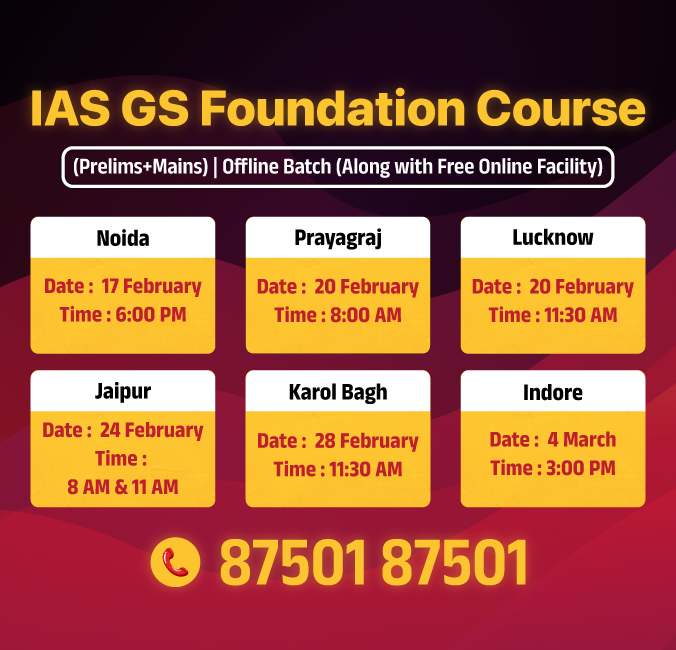
Jammu & Kashmir Switch to Hindi
Pahalgam Terror Attack
Why in News?
Terrorists launched a deadly attack in Anantnag district, Jammu & Kashmir, killing at least 26 people.
- The attack’s timing coincided with the Indian Prime Minister’s visit to Saudi Arabia and the US Vice President J.D. Vance’s tour of India, suggests a deliberate move aimed at sending a provocative geopolitical message.
Key Points
- Brutal Assault in Baisaran Meadows:
- Terrorists attacked a group of around 40 tourists in the Baisaran meadows near Pahalgam.
- Eyewitnesses said the terrorists fired with automatic rifles and small arms, and allegedly checked identities (religion) before shooting victims at close range.
- This is the first major terror attack targeting civilians in Kashmir since the abrogation of Article 370 in 2019.
- Terror Group Claims Responsibility:
- The Resistance Front (TRF), a Lashkar-e-Taiba offshoot, claimed responsibility for the attack.
- TRF opposed the issuance of 85,000 domicile certificates to non-locals or “a pathway for demographic change.”
- Security agencies have not confirmed the authenticity of the claim.
- Strategic Exploitation of Terrain:
- Officials stated that terrorists took advantage of Baisaran’s non-motorable terrain, delaying emergency response.
- The area, though remote, lies within Pahalgam’s high-security zone due to its proximity to the Amarnath shrine.
- Consequences of the attack:
- Security Setback in Kashmir:
- The attack severely dents the narrative of normalcy and stability following the abrogation of Article 370.
- It raises serious concerns over the effectiveness of security measures and exposes vulnerabilities in counterterrorism efforts.
- Blow to Tourism and Local Economy:
- As a major tourist destination, Pahalgam is likely to witness a sharp decline in visitor numbers, especially during the crucial summer season.
- The dip in tourism will directly impact local businesses, hospitality services, and livelihoods that rely heavily on seasonal footfall.
- Diplomatic and International Fallout:
- The attack occurred during the visit of key global leaders, casting India in a light of instability and internal unrest.
- It risks diplomatic unease and may strengthen adversarial propaganda, particularly from Pakistan, on the international stage.
- Risk of Communal Polarization:
- The selective targeting of civilians based on identity hints at an attempt to stoke religious divisions.
- Such actions carry the potential to fuel communal tensions and disrupt the social fabric, which aligns with the terrorist agenda of destabilisation through fear and division.
- Security Setback in Kashmir:
The Resistance Front (TRF)
- Formed in 2019, TRF has emerged as a significant player in the region. It is believed to be a front for Lashkar-e-Taiba (LeT) and has been involved in several high-profile attacks.
Terrorism
- It is the deliberate and unlawful use of violence and intimidation, especially against civilians, to instill fear and achieve political, religious, or ideological goals.
- It seeks to influence governments or societies by creating a climate of fear, disruption, and uncertainty.
- India maintains a strong stance against terrorism with a "zero tolerance" policy.
- However, there are no universally accepted definitions of terrorism, making it difficult to classify specific activities as terrorist acts.
- This ambiguity gives terrorists an advantage and enables some countries to remain silent and veto actions in global institutions.


Maharashtra Switch to Hindi
Maharashtra Withdraws Mandatory Hindi Rule
Why in News?
On 22nd April 2025, Maharashtra School Education Minister Dadaji Bhuse announced that the government would no longer mandate Hindi for students. According to him the Centre is simply implementing the National Education Policy (NEP) 2020 and not imposing Hindi on the states.
Key Points
- Government Resolution to Withdraw Hindi Mandate:
- The Minister announced that the government will issue a Government Resolution (GR) to remove the word ‘mandatory’ from the earlier directive making Hindi compulsory in Classes 1 to 5.
- He assured that new rules will be framed after assessing each school’s student strength and availability of language teachers.
- Three-Language Formula:
- He reiterated that the three-language formula will continue, in line with the NEP 2020.
- However, he stressed the introduction of greater flexibility, ensuring that no language will be imposed on any state.
- Students will have the freedom to choose the three languages, as long as two of them are native Indian languages.
- Schools must accommodate these choices based on available infrastructure and teachers.
- NEP’s Guiding Principles Emphasised:
- The Minister cited the NEP 2020’s emphasis on constitutional values, regional aspirations, and the need to promote multilingualism and national unity.
- He underscored that Hindi is not mandated by the Centre but can be an option like English, used for broader communication.
Three-Language Formula (Kothari Commission 1964)
- First language: It will be the mother tongue or regional language.
- Second language: In Hindi speaking states, it will be other modern Indian languages or English. In non-Hindi speaking states, it will be Hindi or English.
- Third Language: In Hindi speaking states, it will be English or a modern Indian language. In the non-Hindi speaking state, it will be English or a modern Indian language.
National Education Policy 2020
- About:
- The National Education Policy (NEP) 2020 aims to address India's evolving development needs by overhauling the education system to meet 21st century goals and Sustainable Development Goal 4 (SDG4), while preserving India's cultural heritage.
- It replaced the National Policy on Education, 1986, which was modified in 1992.
- Salient Features:
- Universal Access: Focuses on providing access to education from pre-school through secondary levels.
- Early Childhood Education: Transitions from the 10+2 to a 5+3+3+4 system, including children aged 3-6 in the school curriculum with an emphasis on Early Childhood Care and Education (ECCE).
- Multilingualism: Promotes using mother tongues or regional languages as the medium of instruction up to Grade 5, with options for Sanskrit and other languages. Indian Sign Language (ISL) will be standardised.
- Inclusive Education: Emphasises support for Socially and Economically Disadvantaged Groups (SEDGs), children with disabilities, and the establishment of "Bal Bhavans."
- Gross Enrolment Ratio (GER) Enhancement: Aim to raise the Gross Enrolment Ratio from 26.3% to 50% by 2035, adding 3.5 crore new seats.
- Research Focus: Establishes the National Research Foundation to enhance research culture and capacity.
- Language Preservation: Supports Indian languages through the Institute of Translation and Interpretation (IITI) and strengthens language departments.
- Internationalisation: Encourages international collaborations and the entry of top-ranked foreign universities.
- For example, in 2023 UGC released regulations to facilitate foreign universities to set up campuses in India.
- Funding: Targets increasing public investment in education to 6% of GDP.
- PARAKH Assessment Center: Introduces PARAKH (Performance Assessment, Review, and Analysis of Knowledge for Holistic Development) for competency-based and holistic assessments.
- Gender Inclusion Fund: Establishes a fund to promote gender equality in education and support initiatives for disadvantaged groups.
- Special Education Zones: Creates Special Education Zones to cater to the needs of disadvantaged regions and groups, reinforcing the commitment to equitable access to quality education.


Jharkhand Switch to Hindi
Bokaro Forest Land Scam
Why in News?
On 22 April 2025, the Enforcement Directorate (ED) raided multiple locations across Jharkhand and Bihar in connection with the Bokaro forest land scam.
Key Points
- Nature of the Case:
- The raids are linked to a major money laundering probe involving illegal acquisition of 74.38 acres of forest land in Bokaro district.
- Allegations suggest that the land mafia colluded with administrative officials to transfer the disputed land to a private company.
- ED is investigating individuals associated with Umayush Multicom Private Limited, the company that purchased the land.
- The land remains under legal dispute, with the Forest Department claiming it is protected forest land, while buyers argue it was legally acquired in a 1933 auction under British rule.
- ED launched raids across 15 locations in Jharkhand and Bihar which includes Manmohan Construction, Bokaro Forest Department, Deputy Commissioner’s Office, Zonal Registration Office in Bokaro.
Bokaro Forest Land
- Location and Area:
- Bokaro Forest Division is entirely within Bokaro District in eastern Jharkhand. It encompasses 543.933 sq km of forestland.
- Historical Context:
- Prior to independence, the forests were part of the Ramgarh Raj and were later managed by other divisions before becoming Bokaro Forest Division in 1997.
- Geographic Features:
- The forests are located within the Chota Nagpur plateau and are geographically diverse, with various types of forest ecosystems.
- Significance:
- The division plays a crucial role in the conservation and management of forest resources in the Bokaro region.
Enforcement Directorate (ED)
- About:
- The ED is a multi-disciplinary organization mandated with investigation of offences of money laundering and violations of foreign exchange laws.
- It functions under the Department of Revenue of the Ministry of Finance.
- As a premier financial investigation agency of the Government of India, the ED functions in strict compliance with the Constitution and Laws of India.
- The ED is a multi-disciplinary organization mandated with investigation of offences of money laundering and violations of foreign exchange laws.
- Structure:
- Headquarters: ED with its headquarters at New Delhi, is headed by the Director of Enforcement.
- There are five regional offices at Mumbai, Chennai, Chandigarh, Kolkata and Delhi headed by Special Directors of Enforcement.
- Recruitment: Recruitment of the officers is done directly and by drawing officers from other investigation agencies.
- It comprises officers of IRS (Indian Revenue Services), IPS (Indian Police Services) and IAS (Indian Administrative Services) such as Income Tax officer, Excise officer, Customs officer, and police.
- Tenure: Two years, but directors’ tenure can be extended from two to five years by giving three annual extensions.
- The Delhi Special Police Establishment (DSPE) Act, 1946 (for ED) and the Central Vigilance Commission (CVC) Act, 2003 (for CV Commissioners) have been amended to give the government the power to keep the two chiefs in their posts for one year after they have completed their two-year terms.
- Headquarters: ED with its headquarters at New Delhi, is headed by the Director of Enforcement.

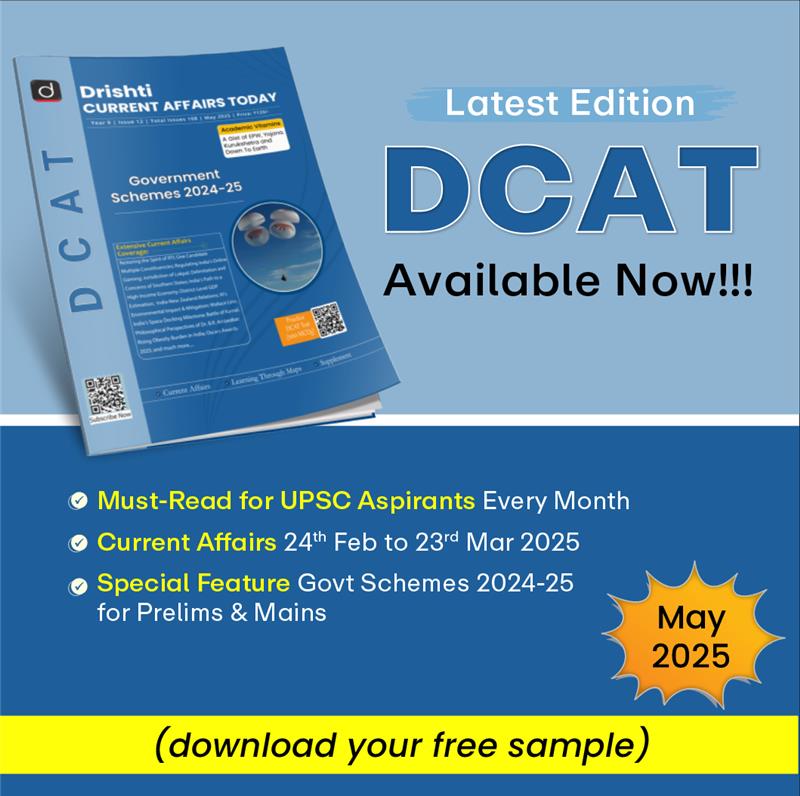
Madhya Pradesh Switch to Hindi
Mukhyamantri Kanya Vivah Yojana
Why in News?
The Chief Minister of Madhya Pradesh approved amendments to make the Mukhyamantri Kanya Vivaah/Nikah Scheme more effective and transparent .
Key Points
- About the Scheme:
- The Mukhyamantri Kanya Vivaah Yojana was started by the Social Justice and Disabled Welfare Department of the Madhya Pradesh Government in the year 2006. This scheme is implemented through the Deendayal Antyodaya Mission.
- Its objective is to provide financial assistance to destitute, poor, abandoned and widowed girls by organizing mass marriage/nikah programs .
- About the Amendments:
- Under the scheme, verification on the BPL portal has been made mandatory, which will ensure transparency of eligibility.
- Mass marriage/Nikah programmes will now be organised as per division wise annual cyclical calendar .
- A minimum of 11 and a maximum of 200 marriage couples will be included in each conference .
- The applications will be scrutinized at the body level, and Aadhaar based e-KYC (Electronic Know Your Customer) of the bride and groom has been made mandatory.
- The amount of financial benefit has been fixed at Rs 55,000 per bride :
- Rs 49,000 will be given directly to the bride through cheque/ Direct Benefit Transfer (DBT ).
- Rs 6,000 will be given to the concerned body for organizing the event .
- Effect:
- This revised scheme will improve the identification of eligible beneficiaries and bring transparency in the distribution of benefits.
- This will strengthen the social security of girls and the morale of their families.
- The role of local bodies will be strengthened and with the participation of social organizations the program will take the form of a mass movement.
Direct Benefit Transfer (DBT) Scheme
- Objective : The scheme is designed to aid faster flow of information and funds to the beneficiaries and to reduce fraud in the distribution system.
- Implementation : It was launched by the Government of India on January 1, 2013 as a mission to reform the government delivery system.
- The old version of the Public Financial Management System (PFMS) of the Accountant General's Office i.e. 'Central Plan Scheme Monitoring System' was chosen as a platform for direct benefit transfer.
- Components of DBT: The primary components for implementation of Direct Benefit Scheme include beneficiary account verification system; integrated, stable payment and settlement platform with RBI , NPCI , public and private sector banks, Regional Rural Banks and Co-operative Banks (viz. Core Banking Solution of banks, settlement systems of RBI and Aadhaar Payment System of NPCI etc.).
- Aadhaar is not mandatory in DBT schemes. Since Aadhaar provides unique identification and is useful in targeting the intended beneficiaries, Aadhaar is given priority and beneficiaries are encouraged to have Aadhaar.


Rajasthan Switch to Hindi
Mobile Veterinary Units
Why in News?
The Rajasthan government has launched a special campaign to promote Mobile Veterinary Units (MVU) and the associated 1962-MVU chatbot service in Rajasthan
Key Points
- About the Scheme:
- Under the Mobile Veterinary Units (MVUs) Scheme , medical facilities have been provided to more than 41 lakh animals in the state in the last one year.
- Chatbot number 9063475027 has been launched which is a WhatsApp based service and provides tele-consultancy facility.
- The scheme is being operated through Call Centre 1962 , which was started about six months ago.
- Call centre operating company BFIL , a subsidiary of IndusInd Bank, is funding the scheme under Corporate Social Responsibility (CSR).
- A publicity campaign for the scheme has been launched, which includes:
- Information will be given to 10 lakh livestock farmers via SMS.
- There will be digital wall branding at 180 locations.
- Audio publicity through e-rickshaw and tempo.
- 7 lakh pamphlets will be distributed.
- Signage will be installed in 100 veterinary hospitals.
- Key-chains, calendars and other promotional material will be distributed.
- Objective:
- Providing medical services to livestock owners at their homes.
- To make the MVU scheme accessible to more livestock farmers .
- To expand and strengthen access to and usage of the Service .
- Bringing transparency and efficiency in the animal husbandry sector through digital and AI technologies.
Corporate Social Responsibility (CSR)
- Corporate Social Responsibility (CSR) can generally be referred to as a corporate initiative to assess and take responsibility for a company's impact on the environment and social welfare.
- It is a self-regulating business model that helps a company become socially responsible. By practicing corporate social responsibility, companies can be mindful of the impact they have on economic, social, and environmental factors.
- India is the first country to make CSR spending mandatory under Section 135 of the Companies Act, 2013 with a framework for identifying potential CSR activities.
- CSR is mandatory only for companies which are covered under Section 135 of the Companies Act, 2013, such as those having a net worth of Rs 500 crore or more, turnover of Rs 1,000 crore or more or net profit of Rs 5 crore or more.
- Unlike India, most countries have voluntary CSR frameworks. Norway and Sweden have adopted mandatory CSR provisions, but they started with a voluntary model.


Rajasthan Switch to Hindi
One Time Settlement Scheme
Why in News?
The Rajasthan government has implemented One Time Settlement Scheme (OTS) with the aim of providing relief to farmers and small entrepreneurs and strengthening the financial position of land development banks .
Key Points
- About the Scheme:
- The Rajasthan government had announced it in the budget for the financial year 2025-26 and its first phase will be effective from 1 May to 30 September 2025.
- This scheme will be applicable to loans disbursed by Rajasthan Minorities Finance and Development Cooperative Corporation Limited (RMFDCC) , which were overdue by 31 March 2024.
- Eligible borrowers are required to make a lump sum payment of the entire outstanding principal by September 30, 2025.
- On making a lump sum payment, 100% waiver will be given on simple interest and penal interest.
- The benefit of the one-time settlement scheme will be available to 36,351 loanee members associated with Land Development Banks.
- The scheme aims to recover overdue loans worth Rs 760 crore .
- The loanee members will be eligible to avail re-loan with 5% subsidy under the scheme.
- An expenditure of Rs 200 crore has been proposed by the state government for this scheme.
- Importance:
- The state government will get help in recovering the outstanding loan .
- The financial burden on the borrowers will be reduced, which will encourage them to join other schemes.
- Confidence and participation in government schemes will increase among the minority community .
- This will develop a sense of awareness and responsibility towards loan repayment
Land Development Bank
- Introduction:
- Land Development Banks (LDB) are co-operative banks established specifically for agriculture and rural development.
- These banks provide long term loans, which are mainly given to farmers for land improvement , irrigation, horticulture, purchasing agricultural equipment, animal husbandry and other agriculture related activities .
- History:
- The first land development bank in India was established in 1920 at Jhang in Punjab.
- After this, another bank was established in Chennai in 1929, with which the expansion of land development banks started.
- Sources of Finance:
- Grants and assistance by Central and State Governments.
- Financing for agriculture and rural development.
- Issue of bonds to raise long term finance.
- Loans from various co-operative and commercial banks.


Uttar Pradesh Switch to Hindi
Criminalization of Civil Disputes
Why in News?
Recently, Chief Justice of India Sanjiv Khanna criticized the Uttar Pradesh government for the increasing tendency of converting ordinary civil matters into criminal cases .
Key Points
- Reasons for Criminalization of Civil disputes:
- Desire for speedy justice: Frustrated by delays in the civil justice process, litigants resort to criminal litigation in order to exert pressure on the other party and obtain a quick resolution.
- Strategic use of criminal sections: There is a growing tendency to criminalise civil cases by using criminal sections such as Section 420 (cheating), 406 (criminal breach of trust). The aim is often to gain personal or political advantage.
- Lack of legal understanding: Many times the police and investigating agencies are not clear about the difference between civil and criminal cases. As a result, even normal contractual or business disputes are registered as criminal complaints.
- Delay in judicial process: It can take years for decisions to be made in civil courts, which discourages litigants. In such a situation, they file a criminal case in the hope of getting quick relief and put pressure on the opposing party so that the dispute can be resolved quickly.
Difference between civil dispute and criminal dispute:
|
Points of Difference |
Civil Dispute |
Criminal Dispute
|
|
Nature of the dispute |
● Disputes usually involve private parties or organizations seeking to resolve disagreements over legal rights or obligations. ● For example, contract disputes, personal injury claims, family law matters (divorce, child custody) and property disputes. |
● These include violations of laws that are considered crimes against the state or society. Crimes are prosecuted by government authorities and aim to punish the offender for his wrongdoing. ● For example, theft, assault, murder and drug offences. |
|
commencement of proceedings |
● Usually initiated by private individuals or entities (plaintiffs) who file a suit against another party (defendant) seeking damages, injunctions, or other remedies. |
● Initiated by the government, represented by a prosecutor, who files charges against a person or entity accused of committing a crime. |
|
burden of proof
|
● The burden is usually on the plaintiff, who must establish his or her case by a preponderance of the evidence. ● This means that they must show that it is more likely than not that the defendant is liable. |
● This burden is on the prosecution and it must be proved beyond reasonable doubt. ● This is a more demanding standard designed to protect the rights of the accused. |
|
Purpose of the proceedings
|
● To provide remedies to the injured party or parties. ● Remedies may include monetary compensation (damages), specific performance, or injunction. |
● To punish the criminals for violating the laws and to deter others from committing similar crimes. ● Rehabilitation and security of society are also important goals. |



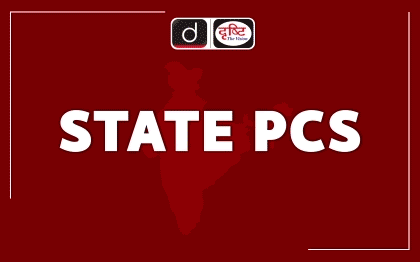
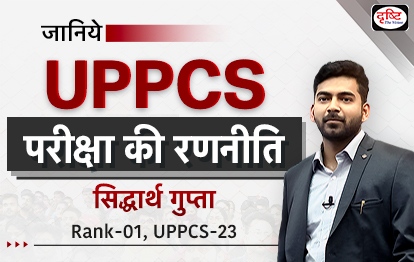



%20MPPCS%202025%20Desktop%20E.jpg)
%20MPPCS%202025%20Mobile%20E%20(1).jpg)

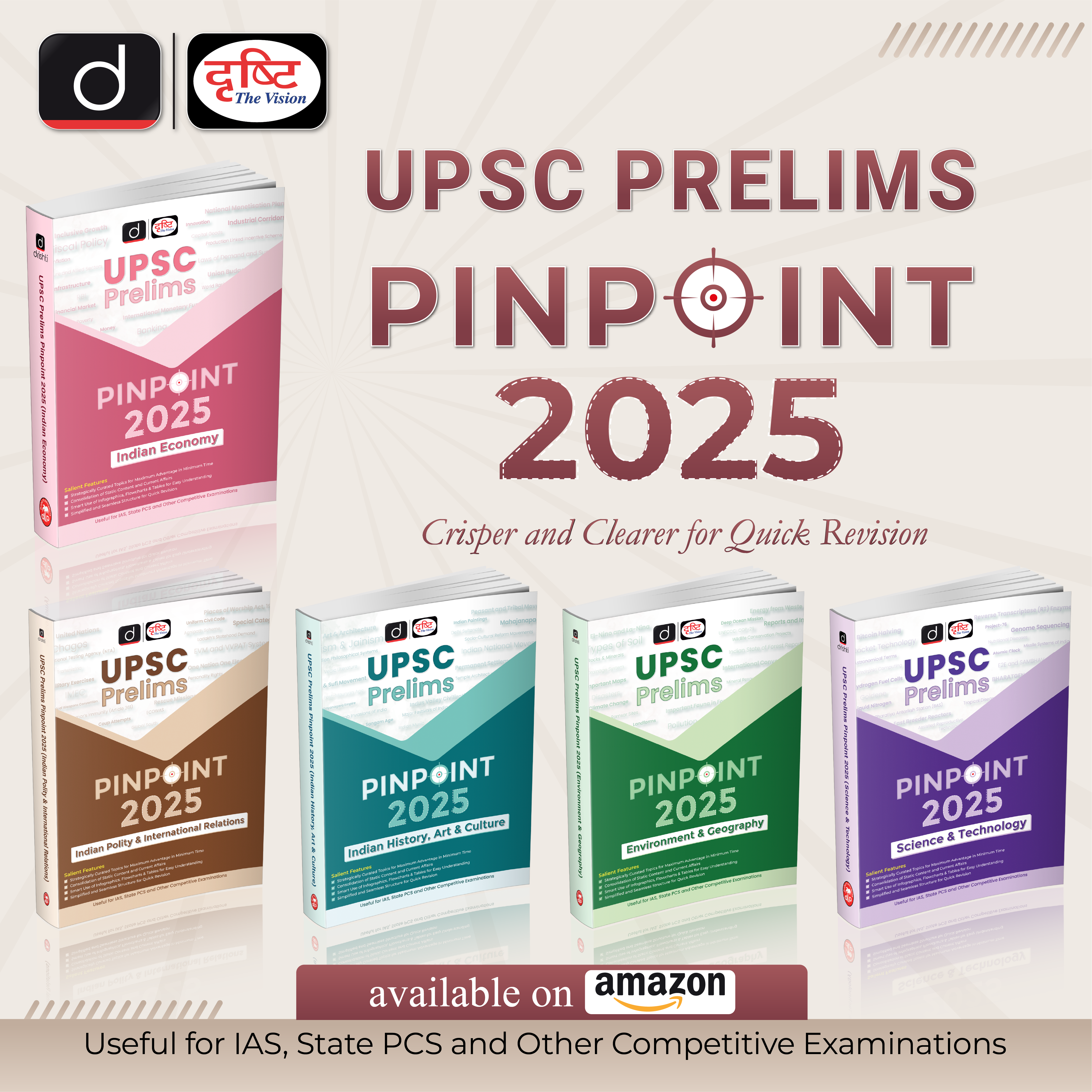







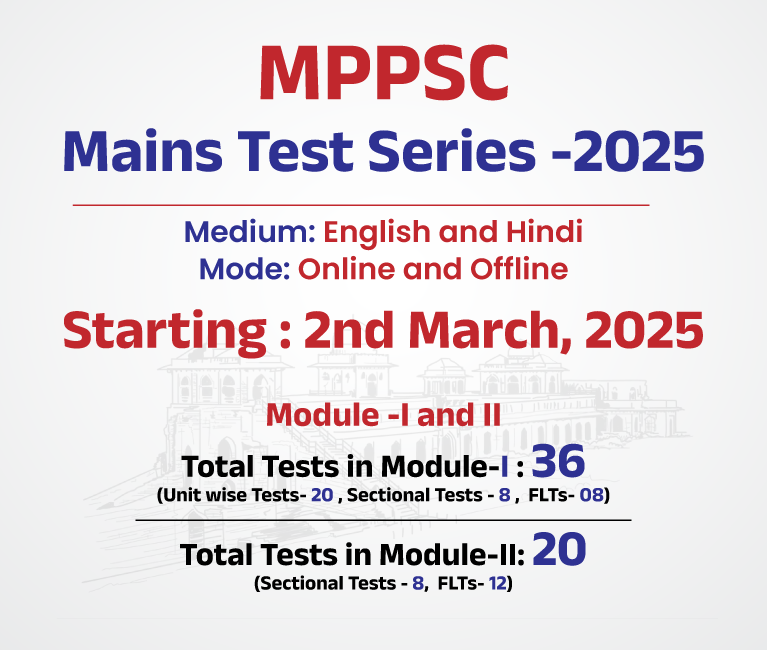
.png)
.png)











 PCS Parikshan
PCS Parikshan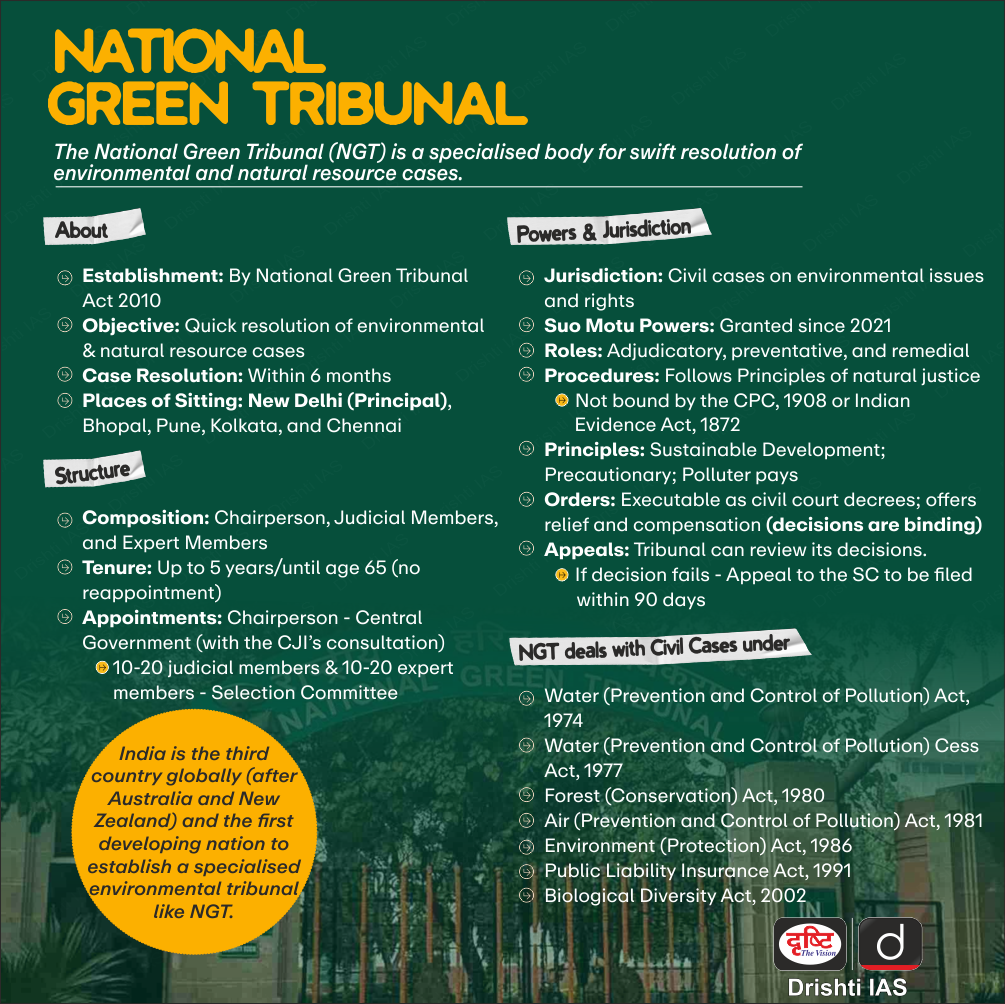
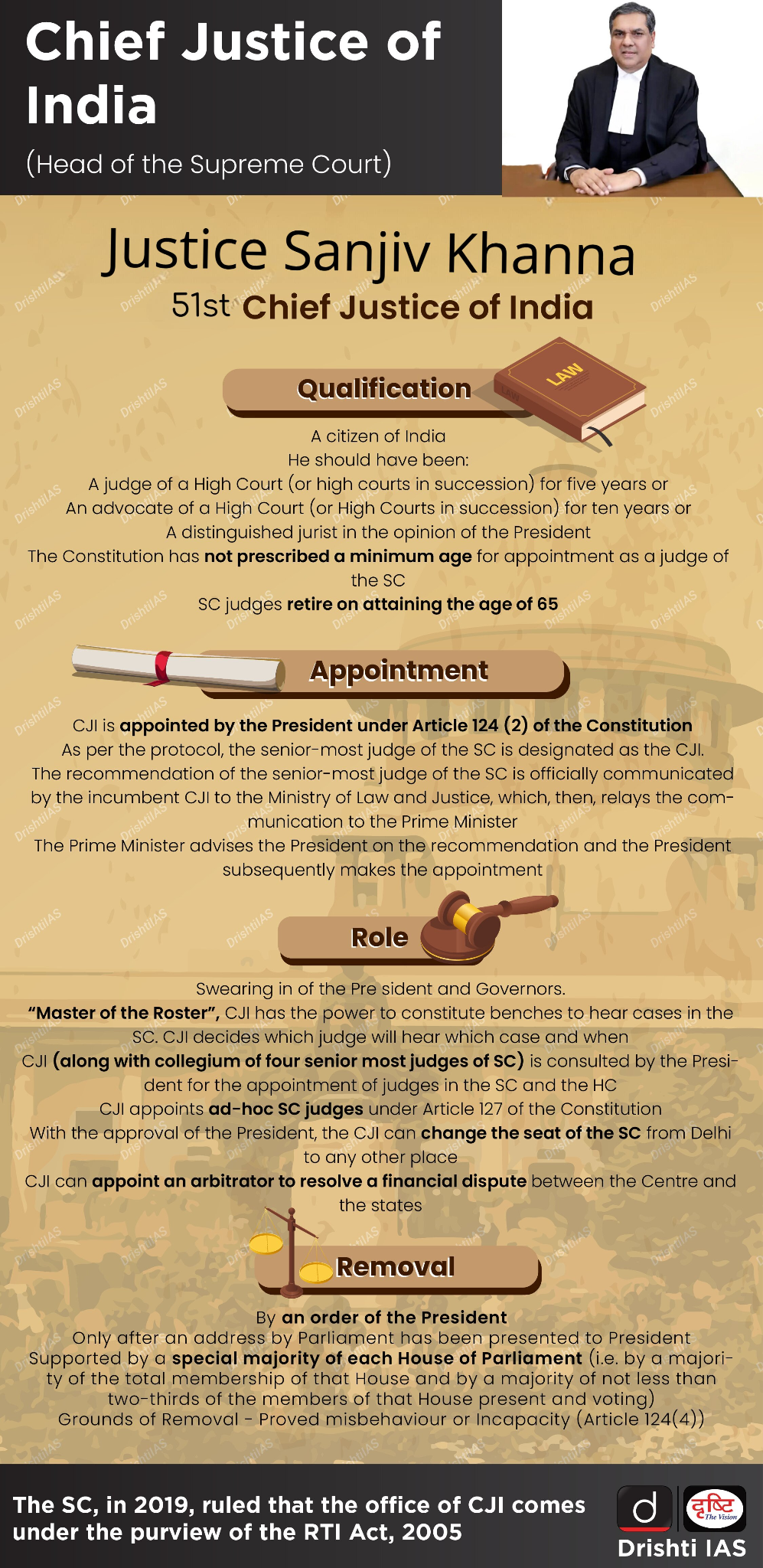



-min.jpg)